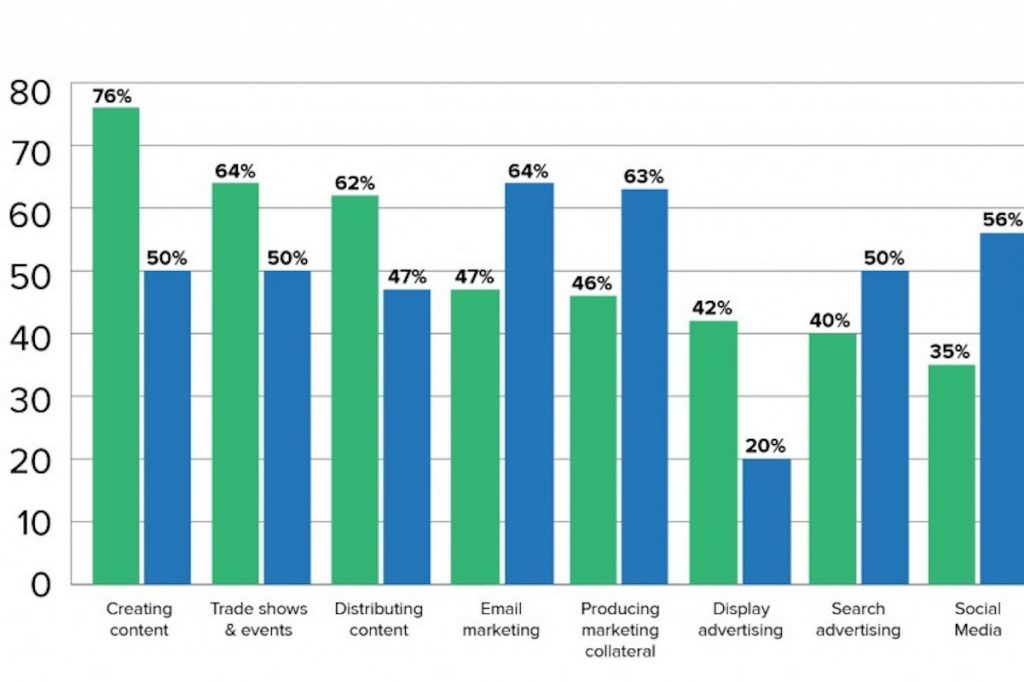| Sep 2, 2016
Advanced Manufacturing Demands Advanced Marketing

Last week I toured the factory of a mid-sized OEM Manufacturer, and was blown away by what I saw. Robotic plasma cutters were going through huge 4-inch thick steel plates like hot knives through butter. I was told they also cut 10-inch thick plates with the same ease. Huge parts were being moved from station to station. They were being drilled, stamped, machined, folded, welded, blasted clean, assembled, powder-coated and baked. With every step, I could feel the enormity of their investment in automation. I could also see their investment in skilled workers who were keeping it all running smoothly and safely.
I was truly impressed by how this third-generation company was staying with the times and evolving with their customers’ needs. I was also very surprised by something; I learned that after all they’ve put into their business they have some excess capacity.
It turns out that there’s a significant perception gap in what new prospects think about them and what the company is truly capable of producing. Clarifying their value proposition and closing this gap has been largely left to the leadership’s ability to reach the right kinds of strategic buyers, and nurture relationships. Good, old fashioned selling.
This OEM Manufacturer is not alone. Lots of companies have made gigantic, ongoing investments in automation and workforce. They’ve taken tremendous loads of risk off their customers’ shoulders and put it onto their own, only to be left with extra capacity to fill.
It’s a shame. Things just don’t have to work this way.
Leading manufacturers like GE and Caterpillar don’t just invest in capital improvements to stay ahead; they invest in marketing too. They grow their brand’s share of mind, voice and market with integrated marketing, advertising, content, search and social strategies that get them in front of right-fit customers. What they don’t do is let their website sit there all by itself like an old phone book ad, and expect customers to find them. They use their brand and the web to reach their next level of performance.
So I’m happy to say our friends from last week’s factory tour have asked us for a proposal. We’re excited show them how we can get more strategic buyers knocking on their door. I know that given the opportunity, we will help eliminate their excess capacity problem.
It won’t cost as much as a robotic plasma cutter either.
PERFORMERS VS. LAGGARDS*
Here’s where they’ve allocated more than 10% of their budget in 2016
Compare the marketing spend allocation in the fastest growing companies ( green ) with the slower growing companies ( blue ), and you’ll notice a startling difference in how the top performers behave. More of the faster growing companies allocate more than 10% of their budget towards creating and distributing content, trade shows and display advertising. The slower growing companies have a disproportionate number that allocate more than 10% of their budgets to email, the production of marketing collateral, search and social media.
*Source: Hubspot

